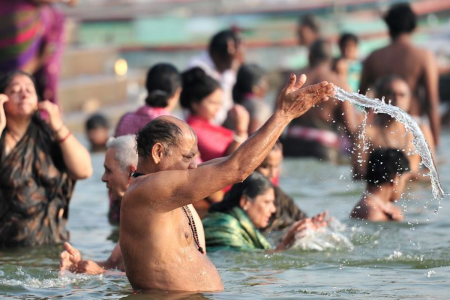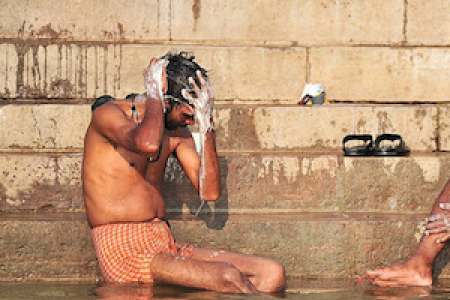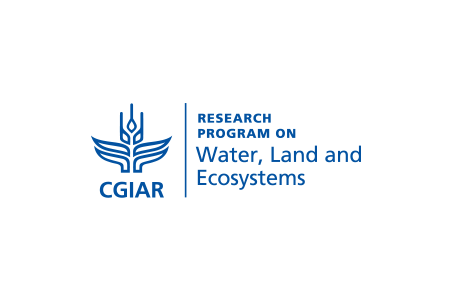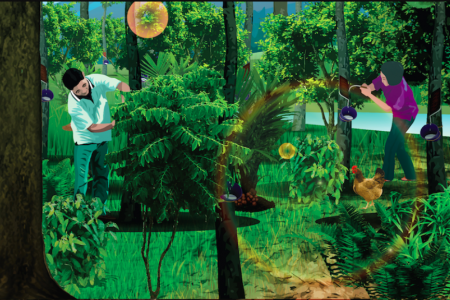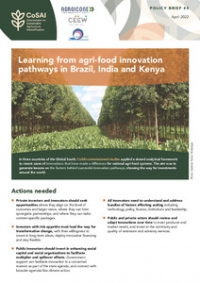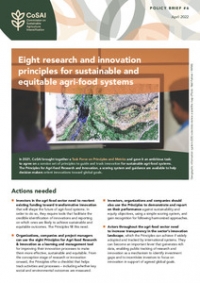Discharge of untreated sewage and fecal sludge into the Ganga is considered one of the major threats to the health of the river. Numerous small and medium cities along the Ganges River and its tributaries strongly contribute to water pollution because sanitation and treatment coverage is very poor in these cities. Innovative sanitation options that not only collect and treat waste, but also reuse it, may contribute to the solution.
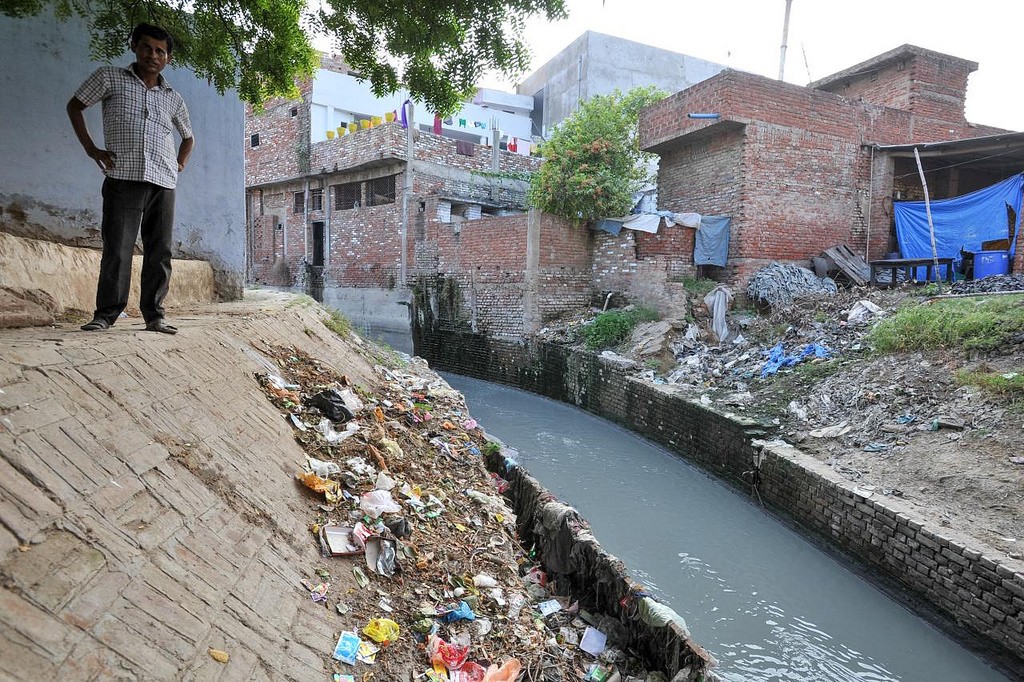
Investigating potential solutions with stakeholders
The ongoing WLE Healthy Ganga project is conducting a comprehensive assessment of pollution sources, problems and opportunities in the cities of cities of Mugalsharai, Gangaghat and Unnao in Uttar Pradesh, India. In November last year, the project brought together a wide range of stakeholders from central and state governments as well as experts from the World Bank Group for a workshop to discuss non-conventional solutions for sewage and fecal sludge management in cities along the Ganga.
The project team presented its research: a comprehensive assessment of pollution sources, their pathways and loads, together with an institutional analysis, all of which is to identify problems and opportunities for pollution prevention. Scientists also presented proposed solutions (see presentations below), and asked stakeholders for their feedback on any challenges they anticipate and on what solutions they think will work on the ground.
For example, all cities in this study struggle with finding land required for treatment facilities for both sewage and municipal solid waste. This offers opportunities to explore if a combination of decentralized treatment solutions could be effectively, technically and economically feasible as well as sustainable.
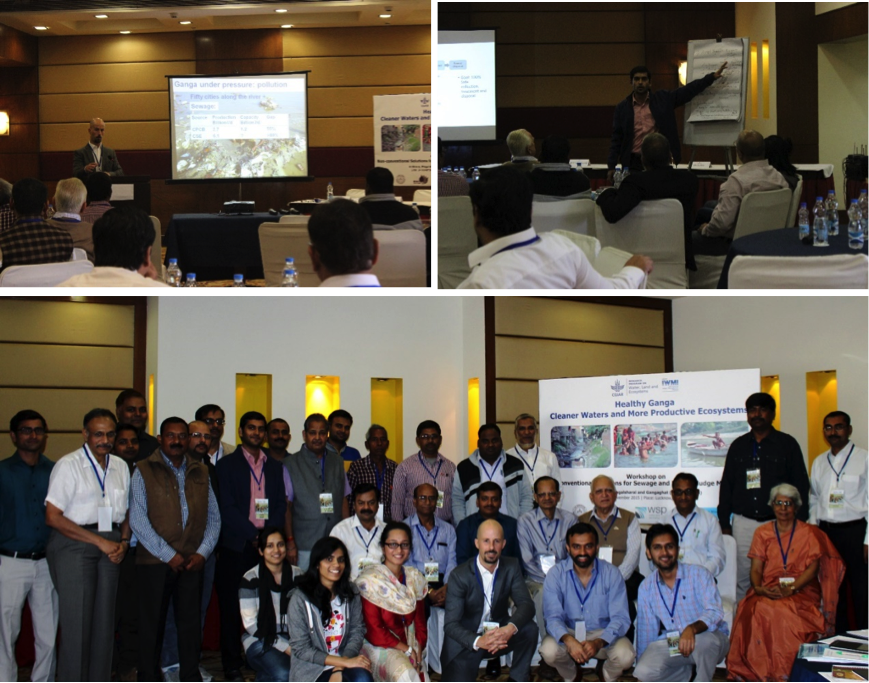
Innovative solutions could address informal waste streams
Another point of discussion was related to fecal pollution in the Ganga and the fluctuation of fecal coliform (FC) concentration between the dry and wet season. According to the available data, fecal pollution is one of the key water quality problems all along the river, which is aggravated during the monsoon, with average concentration of FC significantly higher than in the dry period. This could look like a paradox because one would expect that increased flows reduced pollution concentration in the river, but actually, this likely reflects the impact of often overlooked (non-point) sources of fecal pollution, such as open defecation and uncontrolled fecal sludge disposal on land which is washed out to the river during periods of rain.
In a state like Uttar Pradesh, where 47% of households are connected to septic tanks and 15% practice open defecation, this problem looks particularly relevant. Therefore, the Healthy Ganga project is working to find locally adaptable, feasible and cost-effective solutions for fecal pollution, such as fecal sludge management and resource recovery and reuse, which transform waste into valuable resources such as fertilizer and biofuel. Such innovations could complement the current efforts on wastewater intervention and diversion in two ways:
- By reducing the fecal pollution loads into urban open drains (so that lesser pollution loads arrive to the Ganga through this pathway) or into future treatment plants if these drains are intercepted and diverted.
- By reducing the fecal pollution loads into the river through often overlooked pathways, on which a conventional intervention and diversion strategy would have little effect.
Feasibility studies continue
The Healthy Ganga project will keep engaging with national authorities like the National Mission for Clean Ganga, and state and local authorities like Jal Nigam and Urban Local Bodies which are responsible for sewage and waste management to select technical, economic and governance solutions to control water pollution from small and medium cities. In 2016, the project will study the feasibility of implementing the most promising solutions.
Learn more:
- Healthy Ganga: Cleaner waters and more productive ecosystems (presentation)
- Baseline pollution assessment (presentation)
- Fecal sludge management (presentation)
- Institutions and gender: Challenges and opportunities (presentation)
- Selecting sanitation solutions (presentation)
- BBC news story: India’s dying mother



